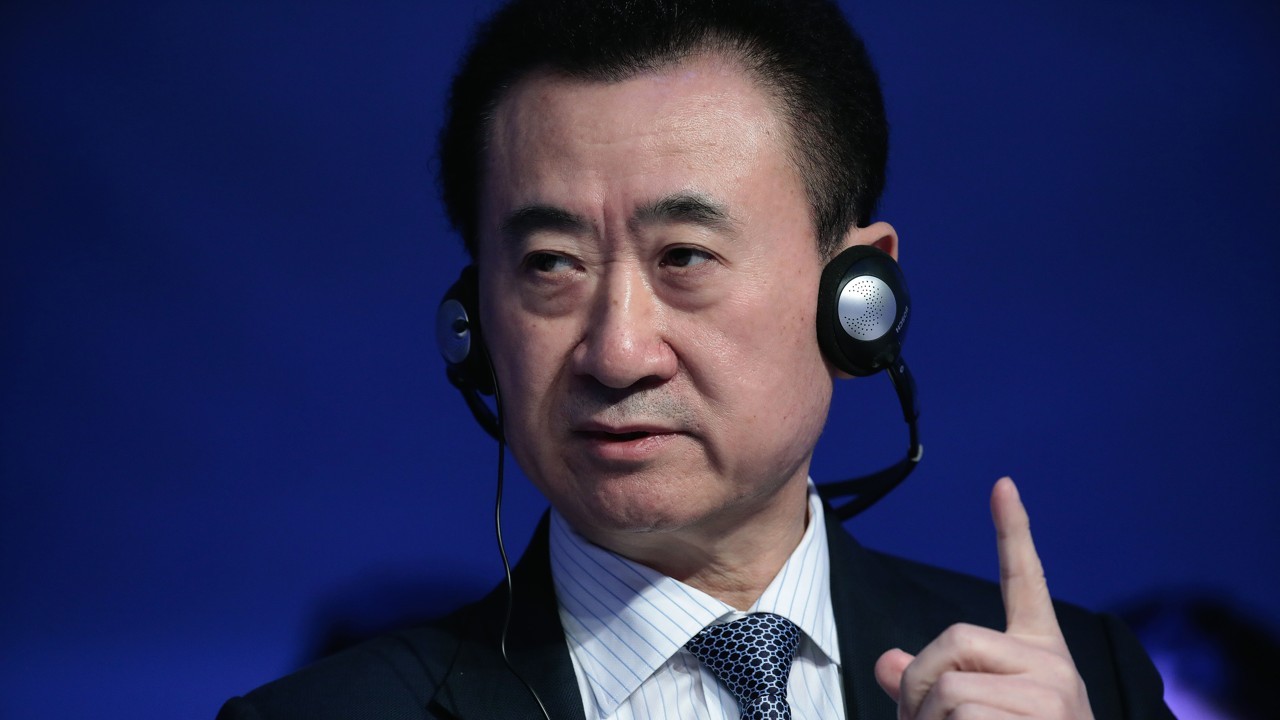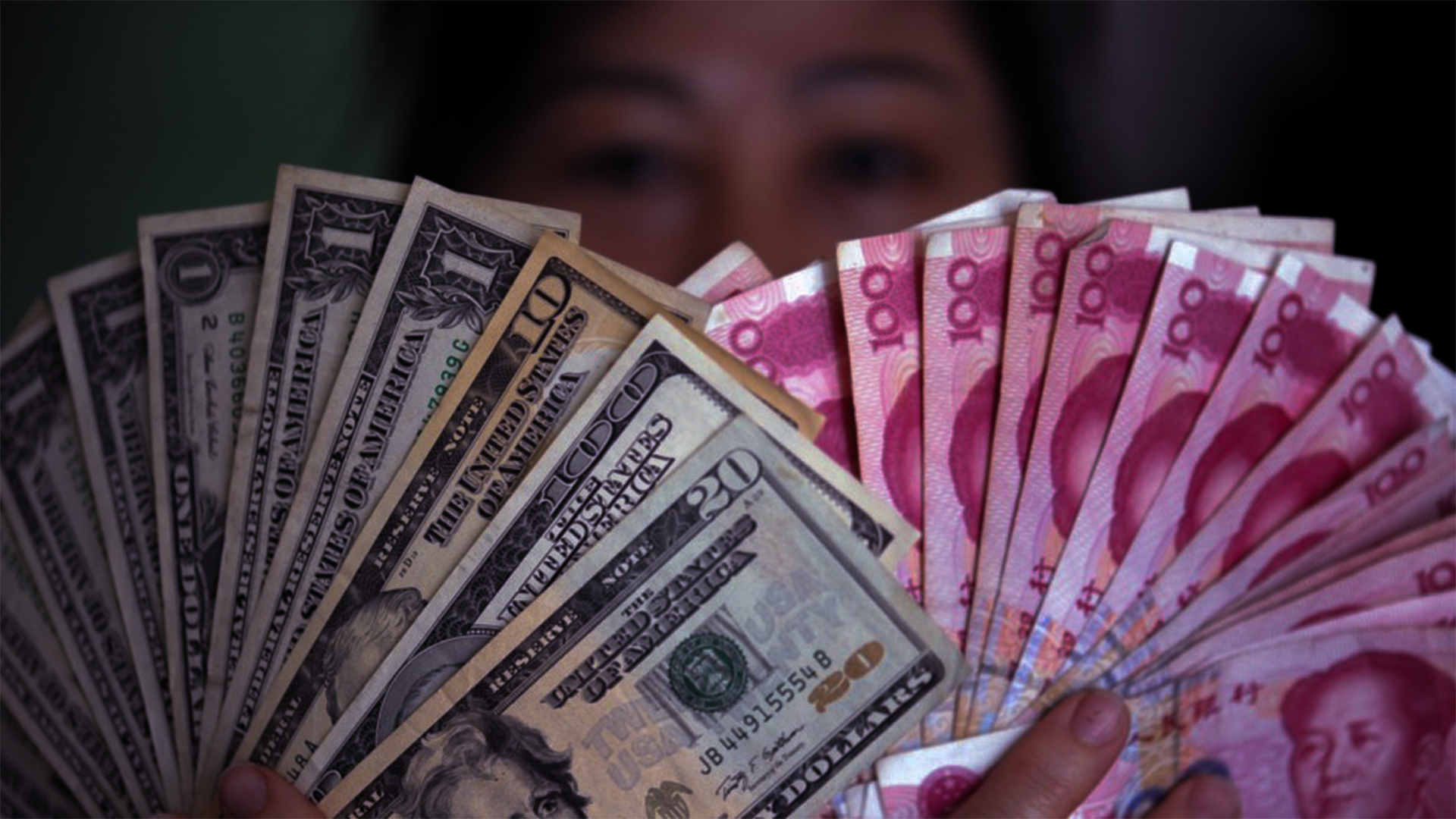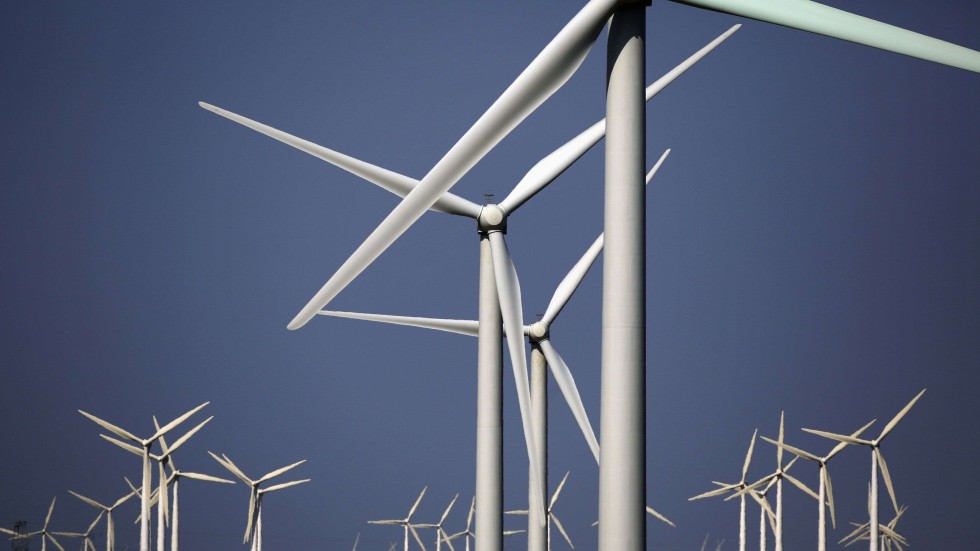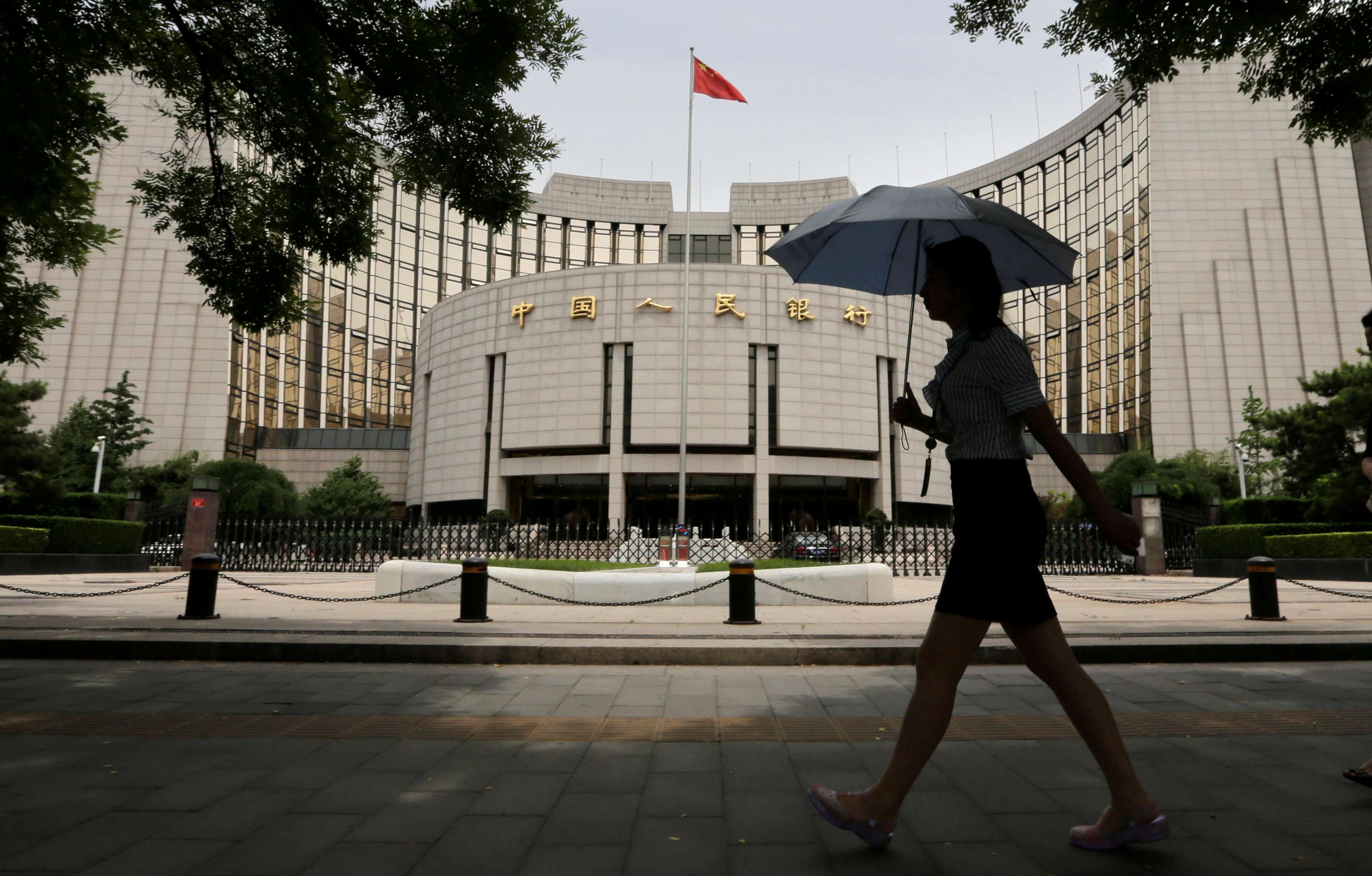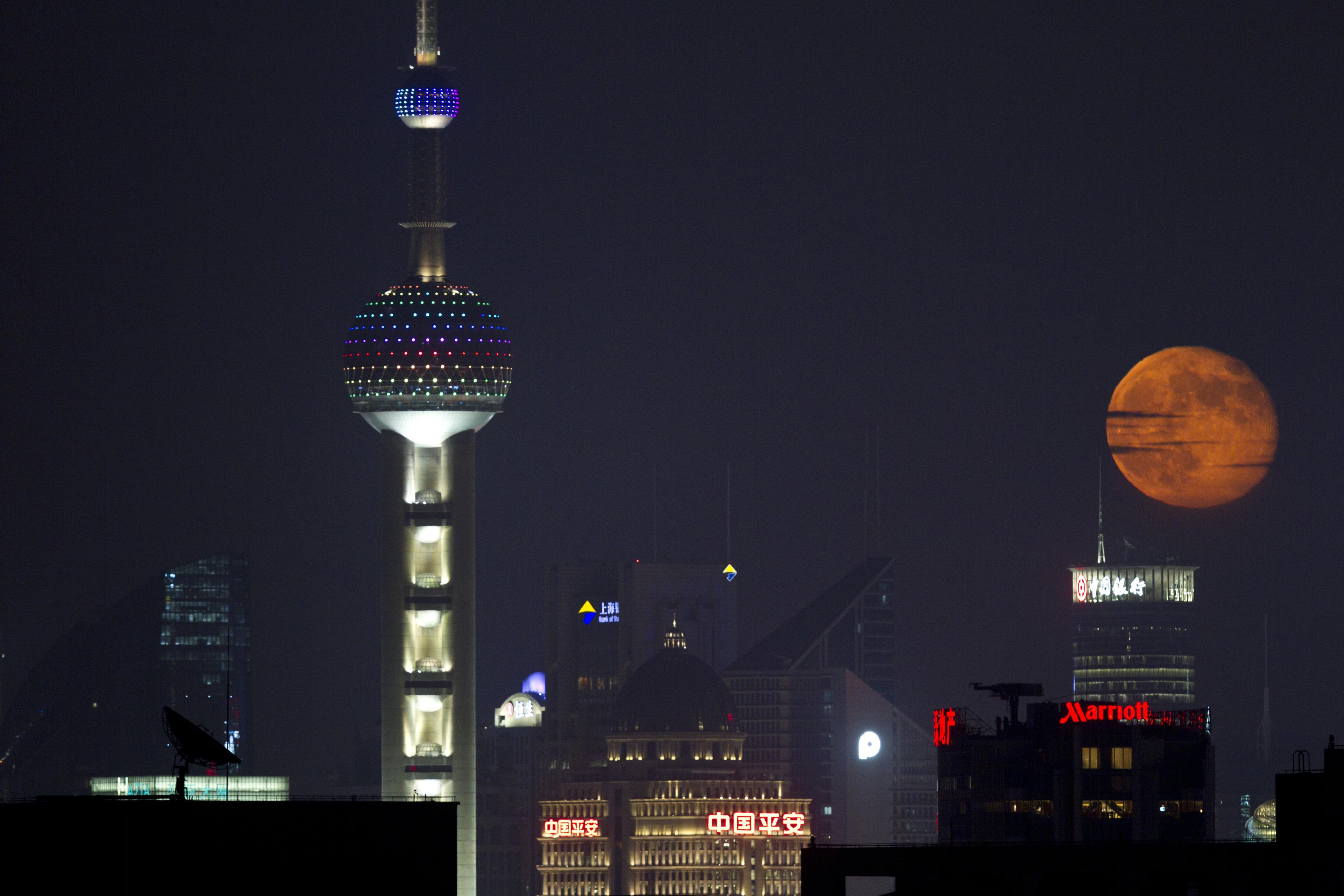TOPIC
Invest China
In Partnership WithQIANHAI INTERNATIONAL LIAISON SERVICES LIMITED
Invest China
China pushes ahead with plans to woo international investors
Pulling a page from the playbook of previous years, China has instituted a series of Free Trade Zones to boost international investments and to serve as a test bed for economic reforms. The 100-square-kilometre-plus zones in Fujian, Guangdong and Tianjin are modelled on Shanghai’s free trade zone, which debuted in 2013.
In Partnership With
QIANHAI INTERNATIONAL LIAISON SERVICES LIMITED
China offers incentives to develop elderly care in face of ‘alarming’ population ageing
China is growing old at an alarming rate, at an inopportune time. Projections estimate China’s elderly population will be larger than that of the United States by 2020, the surge coming at a time when family ties are weakening as urbanisation and all that it represents shifts the family dynamic.

Advertisement
Advertisement
Advertisement
Forget Silicon Valley: Innovators drawn to ‘dream city’ Shenzhen to make things happen
Grassroots hardware innovators from around the world have been drawn to Shenzhen for one reason: its capacity to produce. Prototypes and products are easier and cheaper to develop and roll out here than anywhere else on the planet, and a vibrant international community of hardware innovators have formed around the city’s electronics markets, startup incubators, and factories.
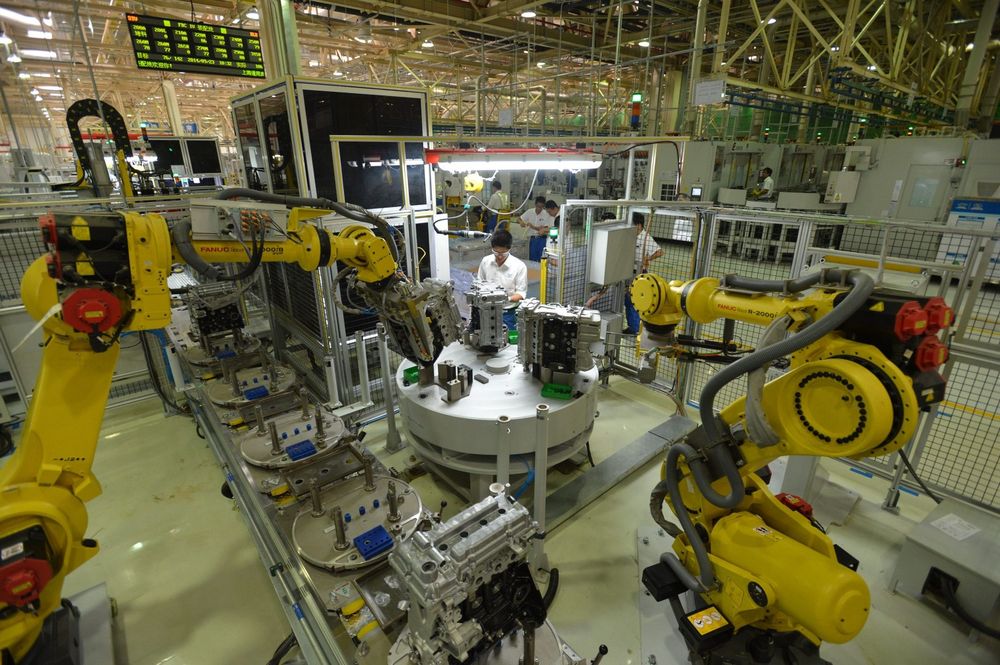
Advertisement
Advertisement
Advertisement
Help preserve 120 years of quality journalism.
SUPPORT NOWAdvertisement
Advertisement
Advertisement
Advertisement
Advertisement
Advertisement
Advertisement
Advertisement
Advertisement
Advertisement
Advertisement
Advertisement
